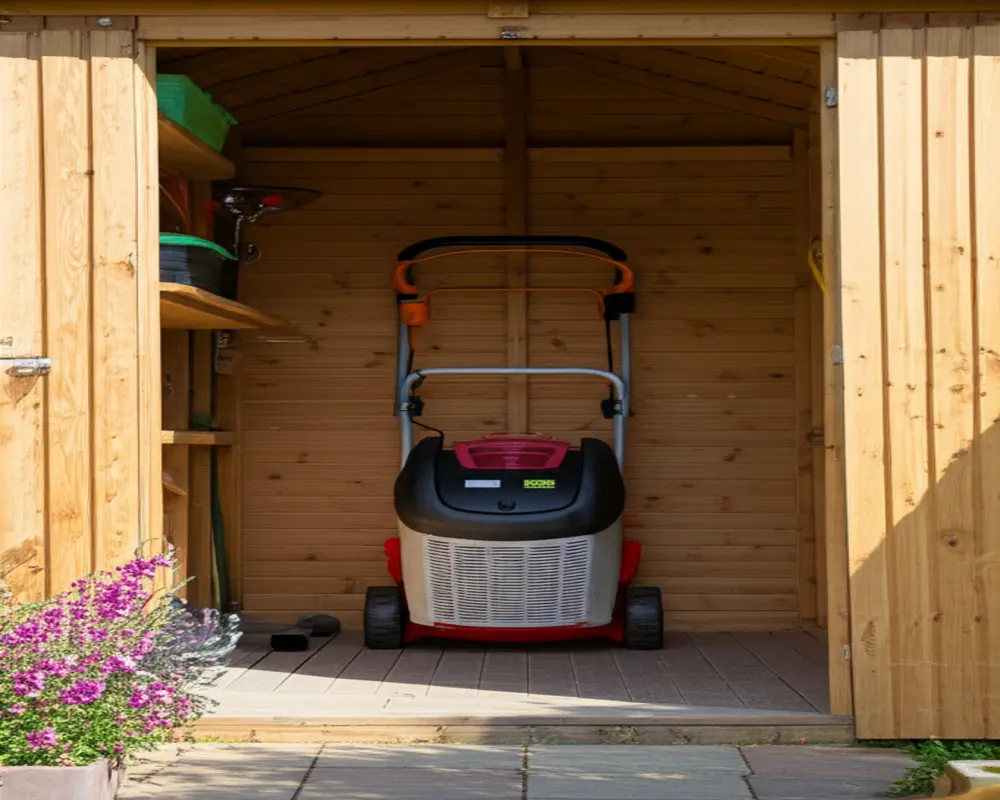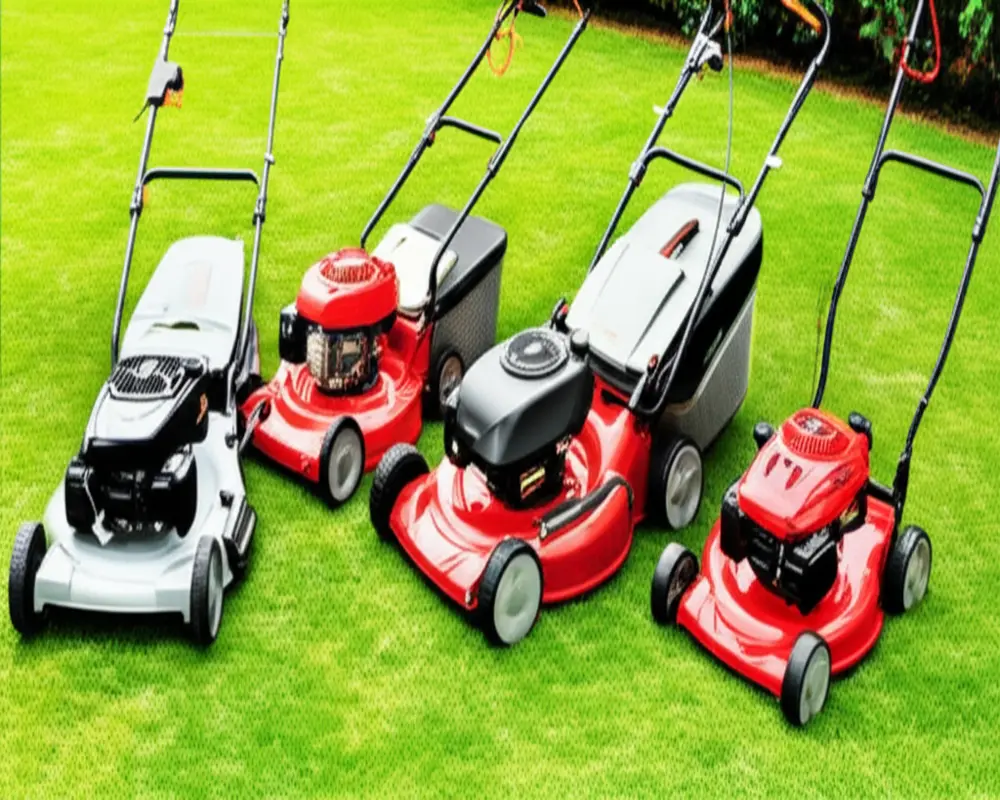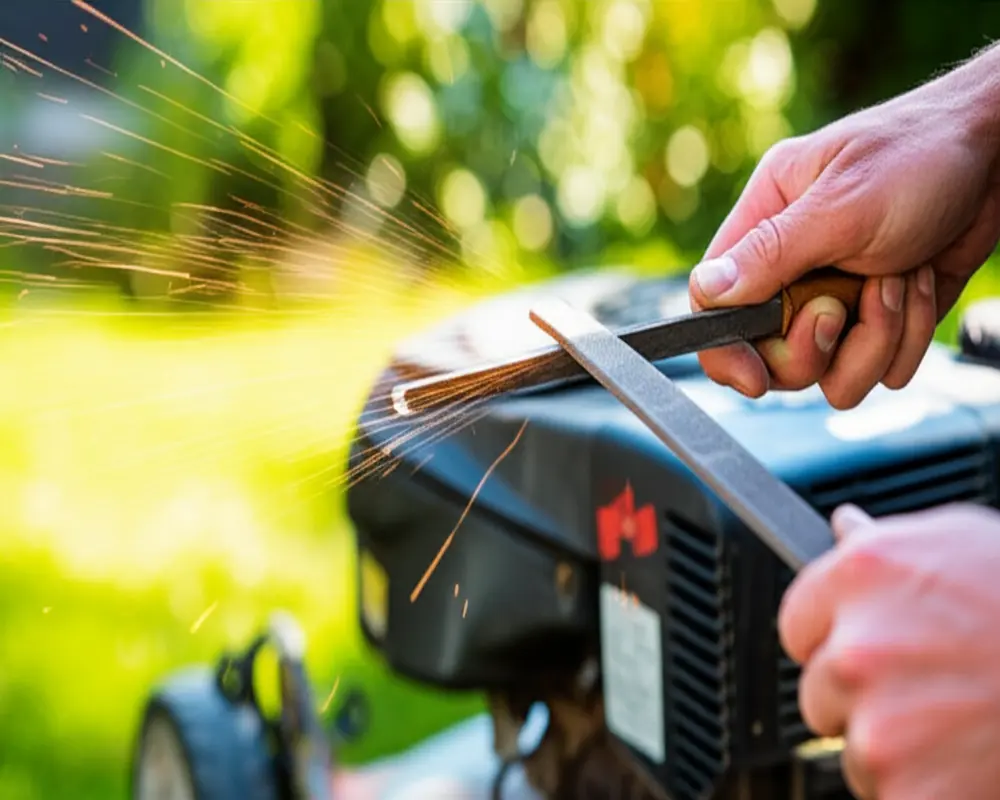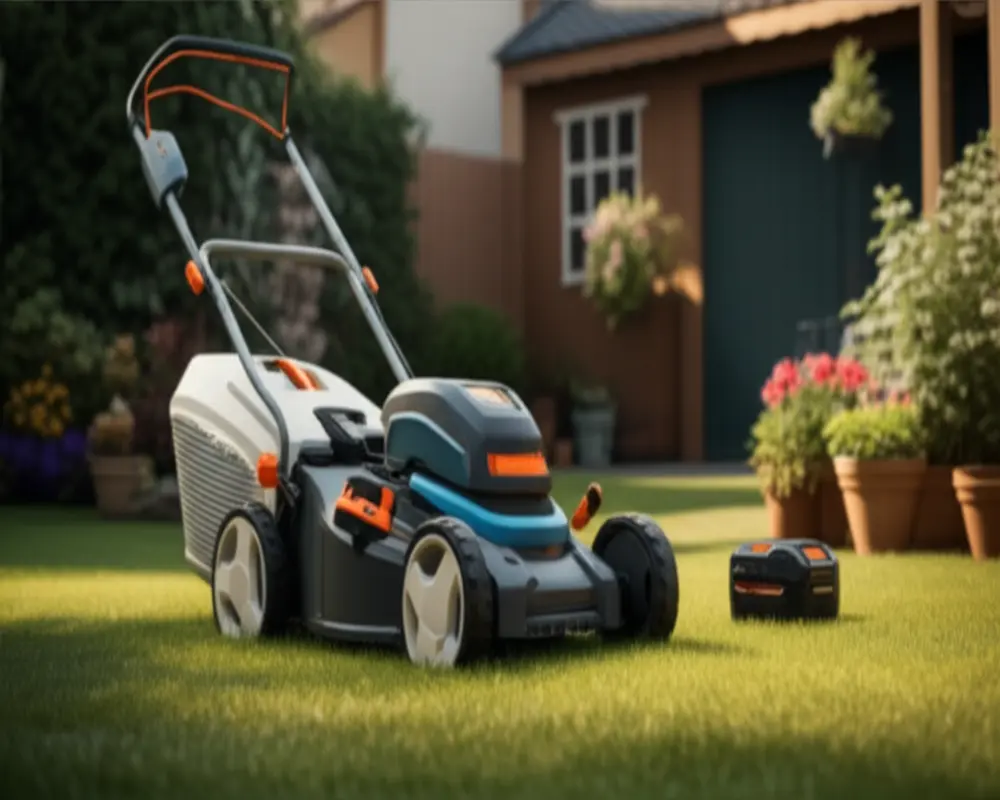Best Small Yard Lawn Mower: Expert Buying Guide & Reviews 2025
For homeowners managing a small yard, finding the right lawn mower is essential. Limited space, storage challenges, and specific yard features demand a mower that is compact, efficient, and easy to maneuver. This guide delves into everything you need to know to choose the best small yard lawn mower for 2025, blending expert insights and real user experiences.
I. Introduction: Why Small Yards Need Specialized Lawn Mowers
Small yards, typically less than 1/4 acre, present unique hurdles. Tight spaces, obstacles like flower beds and trees, and limited storage solutions require mowers designed with these constraints in mind. Moreover, considerations such as noise levels and ease of handling become increasingly important, especially in densely populated neighborhoods.
The right mower not only maintains lawn health but also ensures user’s convenience and safety. This article focuses on providing a comprehensive understanding to help you select the best mower tailored specifically for compact yards.
II. Understanding Your Small Yard’s Needs
A “small yard” usually denotes a space under 0.25 acres, common in urban and suburban settings. When evaluating mowers suitable for such yards, key factors come into play:
Maneuverability: Navigating tight corners and avoiding obstacles requires nimble equipment. Lightweight models enhance this capability.
Storage: Space constraints necessitate compact or vertically storable mowers.
Noise: Quiet operation is critical for neighborhood comfort.
Weight: A lighter mower eases transport and handling.
Maintenance: Simple upkeep reduces time and effort.
Power Source: Options range from manual to gas-powered, with electric and battery-powered models becoming increasingly popular due to ease of use and environmental benefits.
Cutting Width: Smaller widths fit better in tight plots, though they may extend mowing time.

III. Types of Lawn Mowers for Small Yards
Choosing the right type depends on your yard’s size, terrain, and personal preferences. Below are common types suited for small yards:
A. Manual Reel Mowers
Manual reel mowers are simple, eco-friendly tools best suited for very small, flat yards. They operate purely through pushing, avoiding noise and emissions. Their main benefit is offering a clean cut that promotes grass health. However, they require physical effort and are less effective on uneven terrain or higher grass.
B. Electric Mowers (Corded)
Corded electric mowers offer consistent power without emissions. They are lightweight, quiet, and require less maintenance than gas models. The downside to consider is cord management, which can limit mobility, especially in yards with obstacles.
C. Battery-Powered (Cordless) Mowers
Battery-powered mowers combine the benefits of cordless operation with eco-friendliness. Battery capacity and runtime are crucial specs; most modern units provide 30 to 60 minutes per charge, enough for typical small yards. While convenient, battery degradation over time and upfront cost are factors to keep in mind.
D. Robotic Lawn Mowers
Robotic mowers automate lawn care entirely, ideal for busy homeowners. They offer quiet, low-maintenance operation but require initial installation and investment. These mowers work best on flat, unobstructed yards and are progressively incorporating smarter navigation technologies.
E. Small Gas Push Mowers
Gas mowers deliver powerful cutting and are highly effective on varied terrain and dense vegetation. Despite higher noise and emissions, they remain popular for performance. They need routine maintenance such as oil changes, spark plug replacement, and blade sharpening.

IV. Top Recommendations
Our careful analysis and review synthesis have identified top picks for various categories to help you make an informed decision:
- Best Overall Small Yard Mower: Offers excellent balance of maneuverability, cutting capability, and storage.
- Best Budget-Friendly Model: Delivers reliable performance at an affordable price.
- Best Battery-Powered Mower: Combines convenience, power, and runtime for small yards.
- Best Manual Reel Mower: Ideal for eco-conscious users with very small, flat lawns.
- Best Corded Electric Mower: Great for consistent power and quiet operation within cord limits.
- Best Entry-Level Robotic Mower: Provides advanced automation with simple setup.
Each recommendation includes detailed specs, pros, and cons, matched to specific yard needs such as cutting width or noise levels, ensuring the mower fits your lifestyle and lawn profile.
V. Feature Deep Dive
Understanding specific features helps tailor your mower choice:
Cutting Width: Typically ranges from 14 to 21 inches (35 to 53 cm). Narrower decks facilitate navigation but increase mowing time.
Weight: Smaller mowers weigh as little as 20 pounds (9 kg), making them easier to handle and store.
Power Source: Options impact maintenance and operation cost. Battery and electric models lower emissions and noise.
Battery Life: For cordless models, expect 30-60 minutes runtime; fast charging enhances convenience.
Grass Bag Capacity: Ranges from 1 to 3 bushels (35 to 106 liters), influencing how often you need to empty it.
Cutting Height Adjustment: Multi-level settings allow customization for grass type and season.
Mulching Options: Some mowers recycle clippings to nourish the lawn naturally.
Storage: Vertical storage and folding handles save space.
Noise Level: Battery and manual mowers operate around 60-70 decibels, much quieter than gas models.
Durability: Look for corrosion-resistant materials and robust manufacturing.
VI. Comparison Table
| Model | Type | Power | Cutting Width | Weight | Key Features | Price | Pros / Cons |
|---|---|---|---|---|---|---|---|
| GreenMaster 520 | Battery-Powered | 40V Lithium-Ion | 18 in (46 cm) | 27 lbs (12 kg) | Mulching, Quiet, Lightweight | $349 | Pro: Cordless, eco-friendly Con: Limited runtime |
| EcoCut 250 | Manual Reel | Push Powered | 14 in (35 cm) | 19 lbs (8.6 kg) | Silent, No emissions, Easy storage | $100 | Pro: Very quiet, low maintenance Con: Physical effort required |
| VoltEdge 1500 | Corded Electric | 120V AC | 16 in (41 cm) | 28 lbs (12.7 kg) | Consistent power, Adjustable height | $220 | Pro: Runs indefinitely Con: Cord restricts movement |
| AutoTrim 3000 | Robotic | Battery + Sensors | 12 in (30 cm) | 20 lbs (9 kg) | Automatic operation, Quiet | $899 | Pro: Hands-free mowing Con: Expensive, installation required |
| PowerPush 200 | Gas Push | 150cc Engine | 21 in (53 cm) | 50 lbs (23 kg) | High power, Suitable for uneven terrain | $399 | Pro: Powerful cutting Con: Noise, emissions, maintenance |
VII. Practical Mowing Tips
Maintaining a healthy lawn in a small yard involves smart mowing practices:
Mowing Frequency: For optimal grass health, mow at least once a week during the growing season. Avoid cutting more than one-third of grass height at a time.
Mowing Patterns: Shift patterns regularly to avoid soil compaction and promote upright grass growth, especially crucial in tight spaces.
Edge Trimming: Use string trimmers or hand shears to reach tight corners and around obstacles.
Safety: Clear debris beforehand and wear appropriate protective gear.
Seasonal Preparation: Adjust cutting height through the year; higher in summer to retain moisture, lower in spring for renewal.
VIII. Maintenance & Care
Proper upkeep ensures peak mower performance and longevity.
Cleaning: After each use, remove grass clippings and debris to prevent rust and clogging.
Blade Sharpening: Sharpen blades regularly to maintain clean cuts, which reduces lawn stress. For best results, use a file or take blades to a professional. 
Battery Care: For battery-powered mowers, avoid deep discharges and store batteries in a cool, dry place.
Cord Maintenance: Check cords for wear or damage regularly with corded electric models.
Off-Season Storage: Store mowers in a sheltered, dry location. Gas mowers benefit from fuel stabilization to prevent engine issues.
Learn more about rust prevention for garden tools as it applies to maintaining your lawn mower blades and chassis.
IX. Pricing Guide
The cost of small yard mowers varies widely depending on type and features:
| Mower Type | Average Price Range (USD) | Factors Affecting Price |
|---|---|---|
| Manual Reel | $80 – $150 | Blade quality, build materials |
| Corded Electric | $150 – $300 | Cutting width, power output |
| Battery-Powered | $250 – $600 | Battery capacity, runtime, features |
| Robotic | $700 – $1200+ | Automation features, lawn size compatibility |
| Small Gas | $300 – $500 | Engine power, brand reputation |
X. Where to Buy
Reliable sources for purchasing small yard mowers include established online retailers such as Amazon, Home Depot, and Lowe’s, as well as local hardware and garden stores. Shopping locally allows for hands-on evaluation and easier service options.
For online buyers, subscribe to newsletters or monitor sales events to snag deals on popular models.
XI. FAQs
What type of lawn mower works best for very small yards?
Manual reel mowers or compact battery-powered mowers are often ideal for small, flat yards due to ease of storage and maneuverability.
How can I store a lawn mower in a limited space?
Look for models with foldable handles or designed for vertical storage, and store in sheds or garages where possible.
Are manual reel mowers quieter than electric or gas mowers?
Yes, manual reel mowers operate silently without any engine noise, making them the quietest option.
What power source offers the quietest operation?
Battery-powered and manual mowers are the quietest, with noise levels typically below 70 decibels compared to louder gas mowers.
How often should I mow my small yard?
Generally, mow once a week during the growing season, adjusting frequency based on grass type and weather.
XII. Conclusion
Choosing the best small yard lawn mower involves balancing maneuverability, noise levels, storage needs, and power source to fit your yard’s specific conditions. Whether you seek the simplicity of a manual reel, the convenience of a battery-powered model, or the automation of a robotic mower, options abound for every preference and budget.
We encourage you to compare features carefully and select a mower that aligns best with your yard’s dimensions and your lifestyle requirements. Explore expert reviews, consider user feedback, and invest confidently to keep your lawn healthy and beautiful.
Ready to enhance your lawn care routine? Start by reviewing detailed product specifications and trusted recommendations on GardenItemReviews.com for more gardening tool insights and maintenance tips.
For external expert guides, see the Reviewed.com Lawn Mower Guide, Wirecutter’s Best Lawn Mowers, and practical advice from This Old House Lawn Care Tips.

